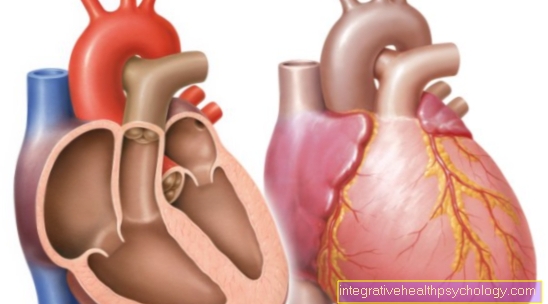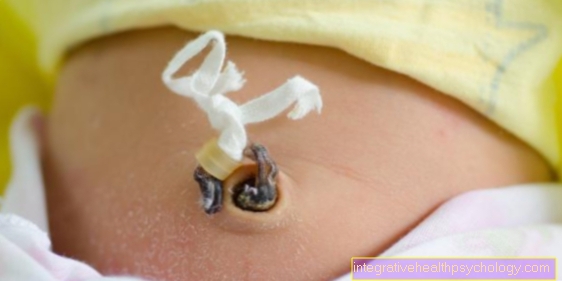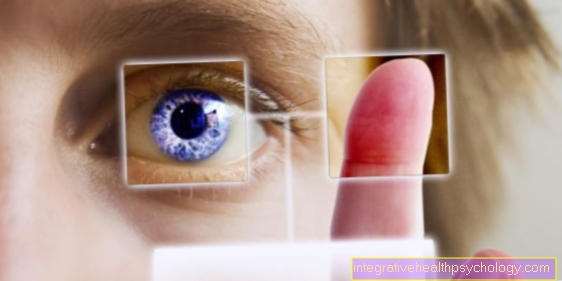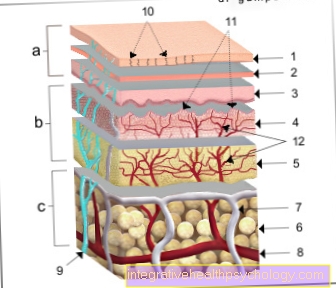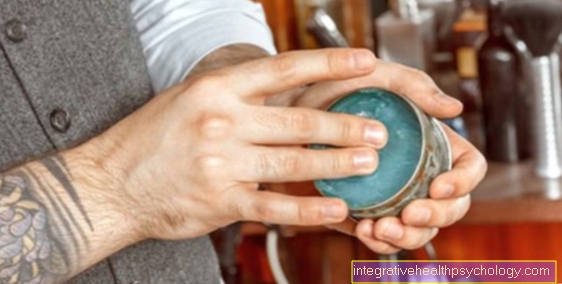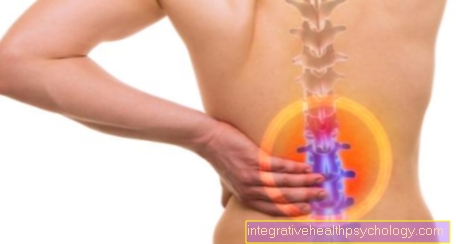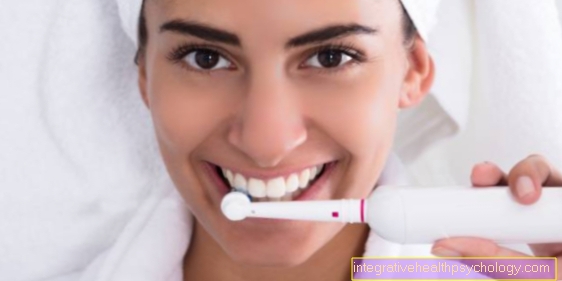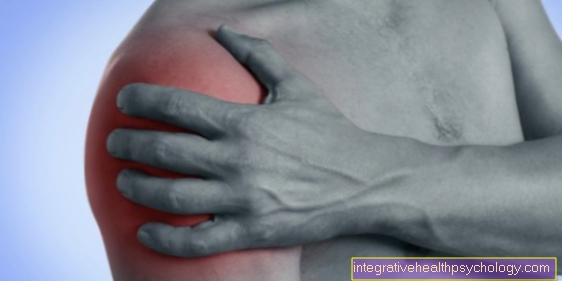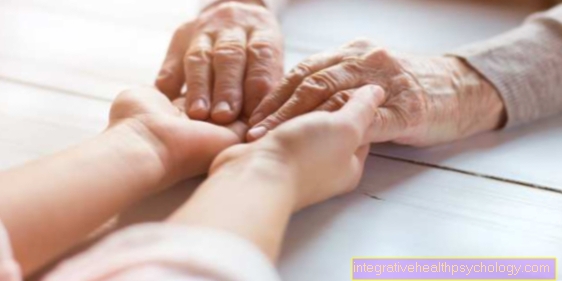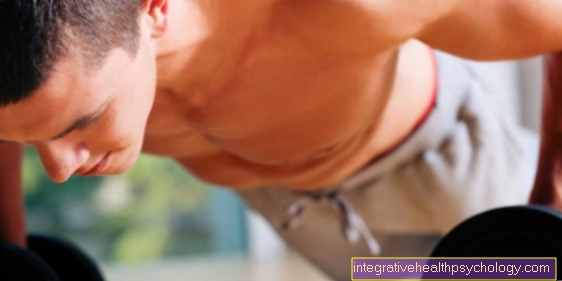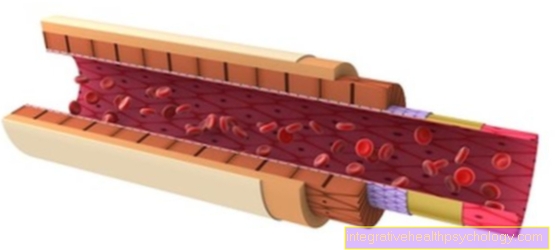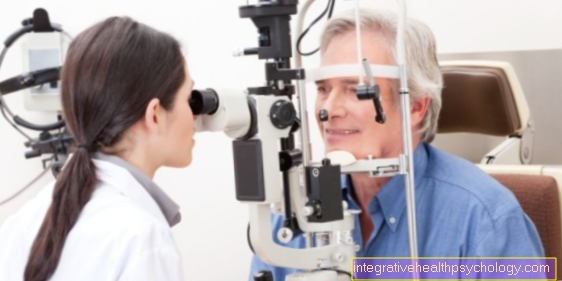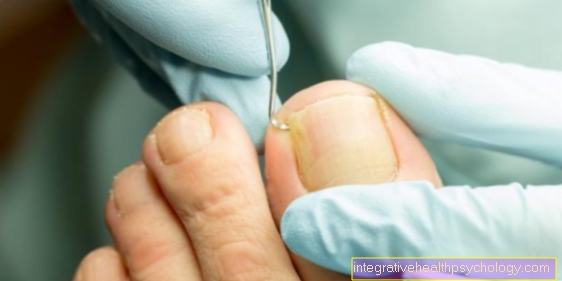Back brace
Definition - what is a back brace?
Orthoses are all types of body-hugging aids. The back orthoses can stabilize and support different areas of the back, but they are sometimes also used to correct misalignments. Back orthoses usually consist of a large amount of fabric that is made of stretchable material. Supporting elements in the form of plastic or metal rods can also be used. Pulling systems with Velcro fastening are also used. Corrective orthoses can, however, also consist entirely of plastic.
Read more about the topic of stabilizing the spine here

What do you need a back orthosis for?
Back orthoses can be used for a variety of indications. There are many stabilizing orthotics that are used in particular for vertebral body fractures or osteoporosis. Such orthoses are also helpful after back surgery to provide support for the operated structures as long as the back muscles are not sufficiently strengthened. Such orthoses can usually be “disarmed” during the recovery process. Stabilizing components are removed so that the back increasingly has to take on more functions itself.
Another type of orthosis are those used to correct misalignments. In the case of pronounced lordosis (e.g. hollow back) or kyphosis (e.g. back hump), orthoses are used that support the spine and at the same time slowly bring it back into a normal shape.
Orthoses are also used for scoliosis (twisting and curvature of the spine). Typically, a hard scoliosis corset is used here. Orthoses are also required for weak muscles, as they can bridge weakened areas of the back and thereby relieve the strain.
Scoliosis
In scoliosis, a back brace is used to restore the normal shape of the spine. Brace treatment should be given, especially in children, in whom the scoliosis is progressively worsening. In this way, back surgery can be avoided or postponed for many of those affected until growth is complete.
The scoliosis corset is usually made of hard plastic with a thin, slightly softer padding. With the help of a plaster cast, the scoliosis corset is adapted to the individual curvature and twist of the spine. Relief zones are incorporated to increase wearing comfort. In most cases, the orthosis must be worn for 23 to 24 hours a day.
Here you can find out more about the topic: Surgery for scoliosis
Vertebral fracture
After a vertebral body fracture, the stabilization and protection of the spine is the top priority. The aim is to relieve the affected area of the back and distribute the forces to other back sections. Depending on the height at which the vertebral body is broken, a cervical, thoracic or lumbar spine orthosis can be used.
The back orthoses also vary in length, depending on how large the section of the spine to be stabilized is. With increasing build-up of the back muscles, individual stabilizing elements of the back orthosis can be dispensed with.
Here you can find out more about the topic: Therapy of a vertebral fracture
What different back orthoses are there?
Back orthoses are diverse depending on which functions they should have and which parts of the back should be supported. First of all, it comes down to which section of the spine is affected. A distinction is made between the cervical, thoracic and lumbar spine.
Most orthoses cover a single area of the spine, but there are also back orthoses that stabilize several sections or even almost the entire spine. Another question arises with the function of the orthosis.
There are orthoses that are intended to stabilize and relieve the spine, and in some cases an immobilization (inability to move) of individual sections is to be achieved. Corrective orthoses are also used in the back area.
There are further differences with regard to the materials used: from hard plastic shells and metal rods to fabric orthoses and supporting elastic bands, different components are incorporated depending on the requirements of the orthosis. Most back orthoses are made in different sizes and can be purchased in every medical supply store. These are usually the stabilizing orthotics. In contrast, the scoliosis corset, for example, which is intended to correct a misalignment, is individually adapted to the spine of the person concerned.
What should you watch out for when wearing?
When wearing the back orthosis, the main thing is whether the orthosis is sitting correctly. The orthosis should therefore always be adapted to the body of the person concerned by a trained orthopedic technician. The correct size of the orthosis is of crucial importance.
The correct way to put on the back orthosis must also be taught and checked by specialist staff such as orthopedic technicians and physiotherapists. The orthosis should ideally be so tight that it does not slip and at the same time it should be wide enough that it does not cause pain.
Particular attention should be paid to the blood flow to the skin under the orthosis, and pressure points must be avoided so that the tissue is not damaged. When wearing a back orthosis, it is also important to note when and how long the orthosis should be worn. Is it just a few hours a day or 24 hours a day? Must the orthosis also be worn at night? Is it only needed during physical activity or also at rest? All of these questions should be discussed with responsible physiotherapists and doctors.
How does an orthosis work?
The back orthoses with their various components fulfill different functions. Rigid components are required to achieve movement restrictions, stabilization and the redistribution of forces. This effect can be achieved using long plastic rails, metal rods or even entire plastic shells. It is also used to correct deformities such as scoliosis.
Another stabilizing component is the substance. This is usually a little stretchy and so adapts very well to the shape of the back. In addition, the orthosis sits firmly on the back, which not only gives the spine, but also the other tissue (muscles) a better structure and thus supports the back as a whole.
Wide strips of rubber and fabric, which can be attached to the orthosis with a Velcro fastener, are also used to provide particular support for certain structures on the back. They also offer protection against slipping of the orthosis.
Most back orthoses consist of several of these components, which can often be disassembled. An orthosis can thus simultaneously fulfill several functions that are necessary in different stages of the disease. While a lot of stability is required at the beginning after a spinal surgery, for example, the hard plastic splints can be removed after a certain time. The spine can now support itself again, but the back muscles are still stimulated (stimulated) and supported by the fabric orthosis.
Find out more about the topic: Stabilization of the vertebral acid
costs
The costs for back orthoses vary greatly depending on the size and material. The technical finesse used also play a role in the costs. Small back orthoses that only cover a certain section of the spine usually cost between 60 and 150 euros.
Custom-made products that are individually adapted and worked out by hand are correspondingly expensive and can quickly cost over 1,000 euros. The price for a hard shell corset for scoliosis is not infrequently 2500 euros.
Does the health insurance pay for that?
The statutory health insurances are obliged to take over the basic care with a back orthosis for appropriate indications. In most cases, low costs such as the prescription fee have to be borne by yourself with such models.
With private health insurances, the coverage depends on the insurance contracts. The back orthosis generally falls under the category of medical aids. The exact share of the cost assumption can be found in the respective contract. Anyone who needs unusual models (e.g. expensive materials such as carbon) or back orthoses for special occasions (e.g. sports) should clarify the financing with the health insurance company in advance.
Can I use it to drive?
There is no general ban on driving with a back brace. Who is allowed to drive a car with a back orthosis and who is not, has to be decided individually by the attending physician or physiotherapist. In most cases, the question about driving a car does not depend on whether an orthosis is worn or not.
Rather, it is about how severe the functional limitation of the affected person is due to the disease. If you can remove all restrictions with your orthosis, you can of course drive a car. On the other hand, people who cannot move freely should rather not sit behind the wheel.
Read more about the topic: Postural weakness of the spine
Should I also wear an orthosis at night?
Whether a back orthosis should also be worn at night depends heavily on the indication. Corrective orthoses usually have to be worn for 23 to 24 hours a day, as otherwise they cannot sufficiently influence the deformity to be treated.
Stabilizing orthoses that are prescribed after spinal surgery should first be worn at night, later the wearing time is usually reduced until the orthosis only has to be worn during physical activity.
Recommendations from the editorial team
You can find more information on the subject of back braces in the following articles:
- Therapy for scoliosis
- Lumbago
- Poor posture of the spine
- Intervertebral disc prosthesis

